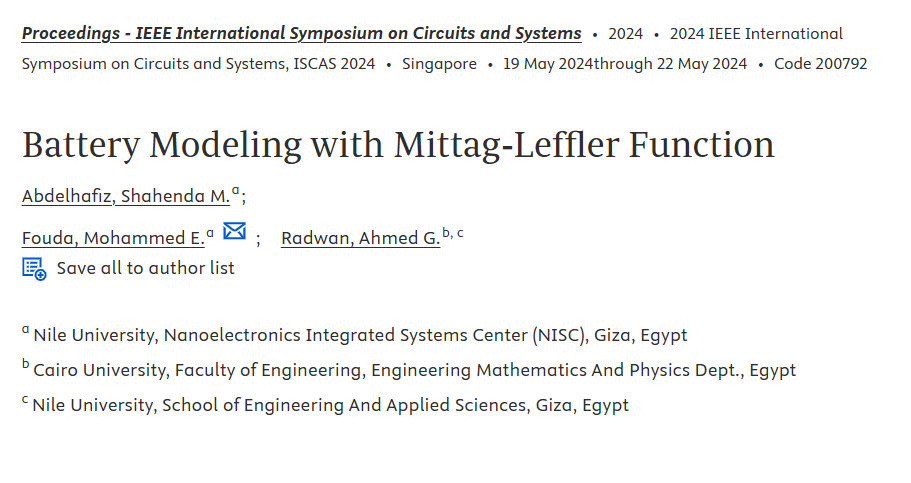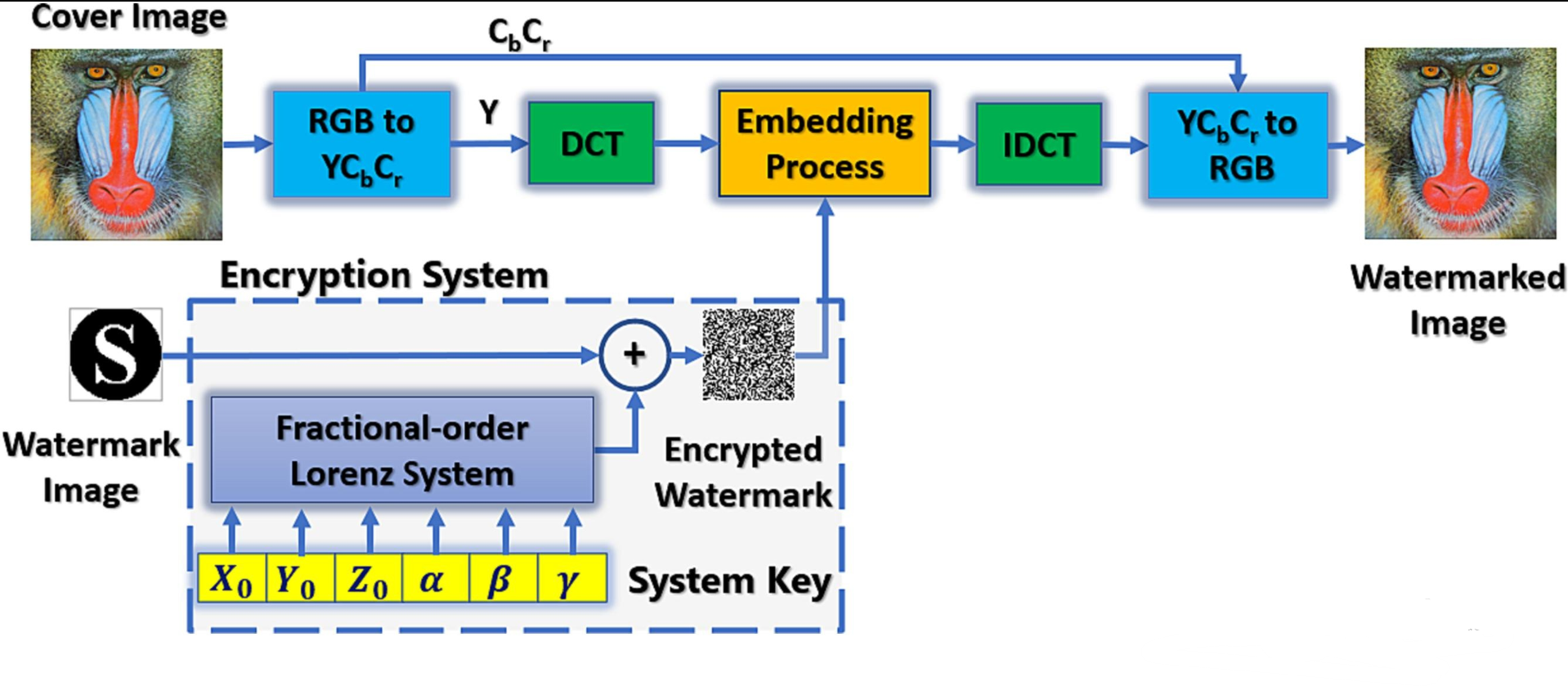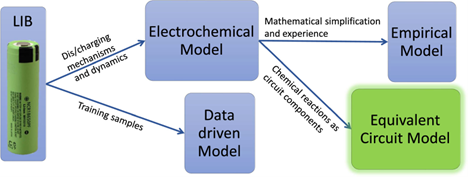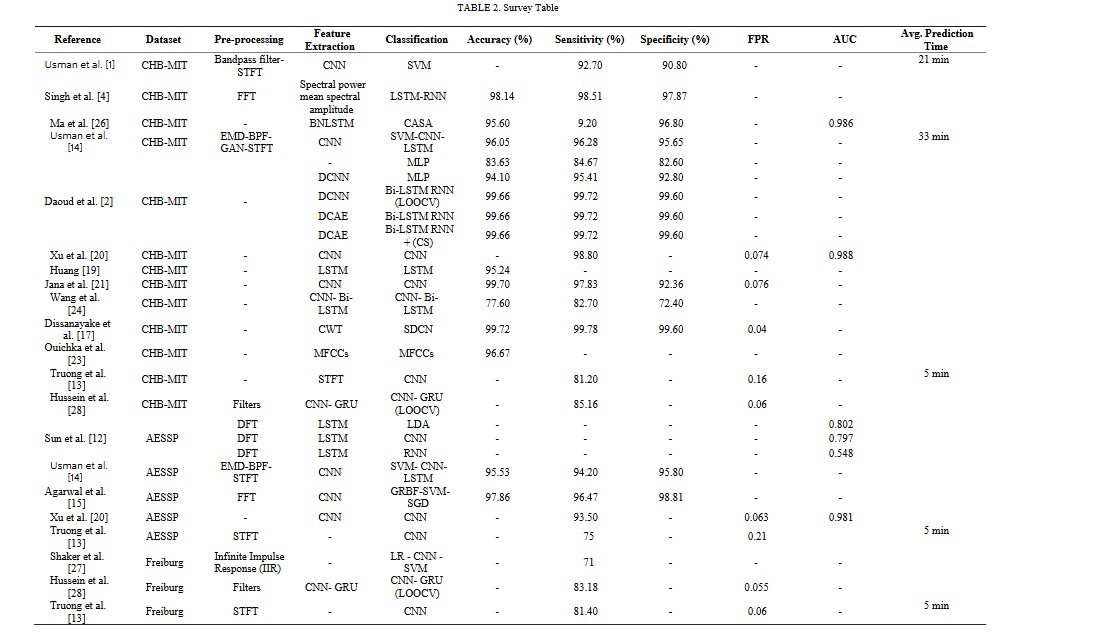
Energy and Water

CPW-Fed Bow-Tie Antenna for Ambient RF Energy Harvesting Applications
This paper presents a high-efficiency bow-tie antenna for ambient RF energy harvesting at the 2.4 GHz band. Moreover, a rectifier circuit that converts the AC into DC is proposed. The antenna is fed via a CPW transmission line where a quarter wavelength transformer is inserted to match the slot bow-tie with the 50-ohm transmission line. The structure is simulated using CST software, and results are validated using HFSS. The antenna's directivity, efficiency, and bandwidth are 6.63 dBi, 89.9 %, and 0.946 GHz respectively, as simulated using CST. The antenna is fabricated on a single-layer

Battery Modeling with Mittag-Leffler Function
In various areas of life, rechargeable lithium-ion batteries are the technology of choice. Equivalent circuit models are utilized extensively in characterizing and modeling energy storage systems. In real-time applications, several generic-based battery models are created to simulate the battery's charging and discharging behavior more accurately. In this work, we present two generic battery models based on Mittag-Leffler function using a generic Standard battery model as a reference. These models are intended to fit the continuous discharging cycles of lithium-ion, Nickel-cadmium, and Nickel
On a two-dimensional model of generalized thermoelasticity with application
A 2D first order linear system of partial differential equations of plane strain thermoelasticity within the frame of extended thermodynamics is presented and analyzed. The system is composed of the equations of classical thermoelasticity in which displacements are replaced with velocities, complemented with Cattaneo evolution equation for heat flux. For a particular choice of the characteristic quantities and for positive thermal conductivity, it is shown that this system may be cast in a form that is symmetric t-hyperbolic without further recurrence to entropy principle. While hyperbolicity

Secure blind watermarking using Fractional-Order Lorenz system in the frequency domain
This paper investigates two different blind watermarking systems in the frequency domain with the development of a Pseudo Random Number Generator (PRNG), based on a fractional-order chaotic system, for watermark encryption. The methodology is based on converting the cover image to the YCbCr color domain and applying two different techniques of frequency transforms, Discrete Cosine Transform (DCT) and Discrete Wavelet Transform (DWT), to the Y channel. Then, the encrypted watermark is embedded in the middle-frequency band and HH band coefficients for the DCT and DWT, respectively. For more

Fractional-Order Equivalent-Circuit Model Identification of Commercial Lithium-Ion Batteries
The precise identification of electrical model parameters of Li-Ion batteries is essential for efficient usage and better prediction of the battery performance. In this work, the model identification performance of two metaheuristic optimization algorithms is compared. The algorithms in comparison are the Marine Predator Algorithm (MPA) and the Partial Reinforcement Optimizer (PRO) to find the optimal model parameter values. Three fractional-order (FO) electrical equivalent circuit models (ECMs) of Li-Ion batteries with different levels of complexity are used to fit the electrochemical

Wastewater Treatment: Recycling, Management, and Valorization of Industrial Solid Wastes
Wastewater Treatment: Recycling, Management, and Valorization of Industrial Solid Wastes bridges the gap between the theory and applications of wastewater treatments, principles of diffusion, and the mechanism of biological and industrial treatment processes. It presents the practical applications that illustrate the treatment of several types of data, providing an overview of the characterization and treatment of wastewaters, and then examining the different biomaterials and methods for the evaluation of the treatment of biological wastewaters. Further, it considers the various types of

Energy Harvesting Management Unit for Wearable Devices
Energy harvesting materials and systems have become a popular study topic that is rapidly expanding. The harvesters will be used for a variety of applications, including distributed wireless sensor nodes for structural health monitoring, embedded and implanted sensor nodes for medical applications, recharging large system batteries, monitoring pressure in automobiles, powering unmanned vehicles, and running security systems in domestic settings. Components and devices at micro-macro sizes, spanning materials, electronics, and integration, have recently been developed. Energy harvesting has

Deep Learning Approaches for Epileptic Seizure Prediction: A Review
Epilepsy is a chronic nervous disorder, which disturbs the normal daily routine of an epileptic patient due to sudden seizure onset that may cause loss of consciousness. Seizures are periods of aberrant brain activity patterns. Early prediction of an epileptic seizure is critical for those who suffer from it as it will give them time to prepare for an incoming seizure and alert anyone in their close circle of contacts to aid them. This has been an active field of study, powered by the decreasing cost of non-invasive electroencephalogram (EEG) collecting equipment and the rapid evolution of
Light-Weight Food Image Classification For Egyptian Cuisine
Food is an integral aspect of daily life in all cultures. It highly affects people's diets, eating behaviors, and overall health. People with poor eating habits are usually overweight or obese, which leads to chronic diseases such as diabetes and cardiovascular disease. Today, the classification of food images has several uses in managing medical conditions and dieting. Deep convolutional neural network (DCNN) architectures provide the foundation for the most recent food recognition models. However, DCNNs are computationally expensive due to high computation time and memory requirements. In

IOT-based air quality monitoring system for agriculture
Air quality assessment has been discussed for urban environments with a high degree of industrialization, as they are infested with hazardous chemicals and airborne pollutants. The assessment is carried out by monitoring stations, that basically support limited areas while leaving large geographical areas uncovered. The expansion in the agriculture sector directed us towards air quality assessment on the farms. This is because research has shown that crops can be injured when exposed to high concentrations of various air pollutants, while also affecting farmers' health states. But those air